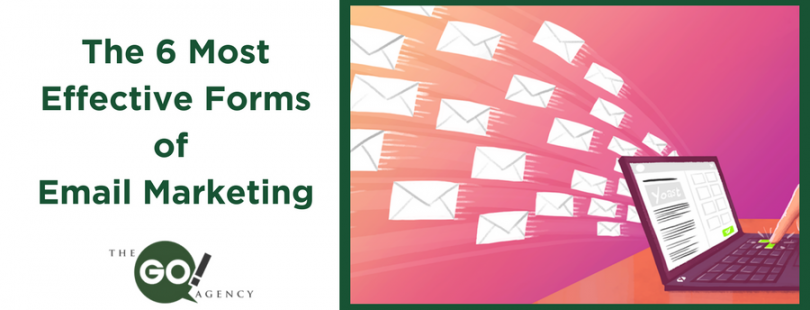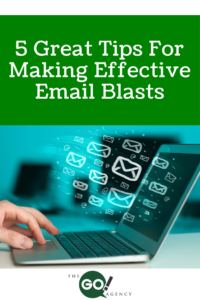Two of the things that I am constantly asked during prospective client calls is how to create more conversions on their company website, and how to retarget the visitors who are currently visiting their website. Both of these are definitely doable things…but what happens when you find out that you don’t have enough traffic to create a meaningful result? You work on increasing that traffic!
In this article, I am going to share some tips on how to drive more traffic to your website (and keep them engaged). But, what I first think we need to talk about is the actual traffic you’re getting to your website today.
Do you know how many daily and monthly visitors you have?
Do you know where your traffic is being generated from?
Do you know what pages people are visiting and the time they spend on each page?
Do you know your current bounce rate?
Finding and tracking the answers to these questions is the first thing that you need to do before you try to execute any inbound marketing strategy. Why? Without this first step, how are you going to know how to effect change and drive success, if you are not sure how your website is performing?
Google Analytics (a free website tracking tool) will have all of these details for you – so make sure that you have this installed into your website, and you are reviewing the data often. Creating an inbound marketing campaign without having any idea as to how much traffic your site is even getting is not putting your best foot forward.
After you take a look through your website data, it is now time to start building those inbound visitors. Here are some of the best ways to drive traffic and start building the power of your website today:
Consistently Blog: having a blog posted on your website and regularly linking to each article from outside your website is a powerful tool to drive meaningful traffic. If you’re stuck on what blog you should write next, think about the questions you hear from your clients (or potential clients) and work backward. Make your blog a resource for them to utilize!
Social Media Marketing: utilize your website content when developing your social media posts and try to get out links to your website in nearly every post (where it is meaningful). You can include links to your blogs, specific service or product pages, and share fun facts about your team or company while linking back to your website.
Email Marketing: create a regular email marketing strategy that is developed to drive traffic to your website and stay on top of these! A consistent approach will drive consistent traffic. One thing you may consider is purchasing an email list to send your blasts or offers to. These emails would link to your website, and provide you a way of gaining new eyes on your site.
Choose a Landing Page That Converts: don’t just send traffic to the main homepage of your website, send new visitors to specific pages that you feel will convert them into a lead. Figure out some enticing incentives that your target audience would enjoy. Hide these incentives behind forms to capture their information for outreach at a later date. Having lots of incentives on your website is one way to establish yourself as a thought leader and increase your credibility. Not to mention – these incentives are great things to advertise across your other marketing channels.
Online Advertising: paid advertising is a great way to drive traffic. You can try Google Pay-Per-Click, Geo-Targeting, Geo-Fencing, and even social media advertising to get new visitors that may have never heard about your business to visit you online.
These are just a few of the quick ideas that you can incorporate to drive traffic. But a few last pieces of advice. Keep in mind the following if you are driving people to your website:
Advice #1: Make sure that your website is free of errors. Make sure that there are no typos. Make sure that the links/buttons work on your website. If you’ve written the content for the site yourself, take the time to copy the paragraphs on your site and run them through a spell checker and grammar checker. If a potential customer is comparing your site to a competitor – and yours has typos, and theirs doesn’t – I hate to tell you they’re probably not going to work with you. The same thing goes for broken links: go page by page through your website to make sure that the links you’re including work! (And do this often, as platforms change, updates are made, links that work one day, may end up broken the next).
Advice #2: Make sure that your website is responsive on mobile devices. There is absolutely nothing worse than a site that’s not responsive on a mobile device – it’s 2020 you must ensure that this is happening on your site. Read your blog; try clicking on your links. Remind yourself that this is how the majority of people will be viewing your site. If it’s tricky to navigate you need to get with a web designer pronto.
Advice #3: Take an audit to see how long it takes for your website to load – if it’s too long, your visitors will bounce. As a society, people have less and less patience these days. If someone has found you through social media, or Google, and have clicked on a link to your website, statistics say that they’re not going to wait very long for your site to load.
Making a good first impression is definitely one of the most valuable pieces when it comes to conversion, so if you want to drive traffic to your online point of sale – make sure it is conversion ready!
Should you need any help reviewing your site, or if you realize you need an entire web design overall, please do not hesitate to reach out to our team of talented sales and marketing professionals at The Go! Agency.











